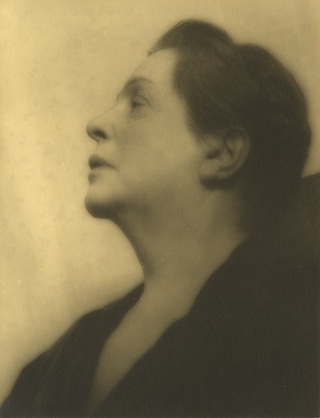In the wake of the Triangle Shirtwaist Factory fire: A greatest generation of women?

My grandmother was a 10-year-old schoolgirl on March 25, 1911, living just a few blocks away from the Asch Building in Greenwich Village, when fire raged through three floors of the Triangle Shirtwaist Factory, turning a quiet spring afternoon into terrifying chaos and killing 146 employees. Most of the victims were young women, some just a few years older than my grandmother. Eyewitnesses told her of girls crashing through the building’s windows and dropping to the pavement “like angels falling through the sky.” The scene remained indelibly etched in her memory. My mother, who was born twelve years to the day after the fire, still talks about how my grandmother mourned the victims, lamenting that “many of those poor girls were wearing engagement rings.”
The story of the women who perished in the Triangle Shirtwaist Factory fire has become integral to the history of working women at the turn of the last century. As a society, we have done well in memorializing these victims. But we have not done as well in recognizing an entire generation of women—perhaps the greatest generation—who in the aftermath of the fire committed themselves to changing the conditions that had made this disaster possible.
New York in the early 20th century was teeming with young, single women—typically immigrants or first-generation Americans—who were hungry for jobs. Wage-earning was a temporary phase for many of them—an interim before marriage, during which their earnings contributed to their families’ sustenance but not to their own independence. Young women like these were vulnerable to employers who offered only low wages, unsafe and unhealthy surroundings, and workweeks of up to 84 hours.
But New York was also teeming with educated and creative people bursting with innovative ideas and political ideals. Some were American-born women who sought careers rather than temporary employment, seeing the workplace as the best outlet for their talents and convictions. My grandmother, who graduated from college with a degree in pharmacy, was one of these women. By the time she entered the workforce, in the 1920s, she had been able to look to any number of female role models, many of whom were similarly affected by the Triangle Shirtwaist Factory fire.
This group includes political reformers like Belle Moskowitz, the “secret” behind Governor Al Smith, who spent her early career improving the lives of working “girls” by cleaning up the city’s dance halls and helping to investigate the Triangle fire. There were educators like Julia Richman, the city’s first female district superintendent, who worked to teach generations of immigrant children to read and write English; Reba Bowens, an African-American woman who pioneered recreational programs and early childhood education for black, white, and Latino children in Manhattan playgrounds and parks; social workers like Lillian Wald, who founded the Visiting Nurse Service and Henry Street Settlement to support immigrant communities on the Lower East Side; birth control advocates like Margaret Sanger, who sought to liberate poor immigrant women by legalizing contraception. There were muckraking journalists like Elizabeth Jane Cochran (“Nellie Bly”), who exposed inhuman conditions in the hospital system and advocated for women’s suffrage, and psychologists like Elizabeth Irwin, who founded the Little Red School House and revolutionized the classroom. My grandmother learned from the accomplishments of these women, developed her own political skills in the workplace, and became a strong unionist as well as an ardent supporter of elected officials such as Al Smith and Franklin Delano Roosevelt who advanced workers’ rights.
These women, and many others like them, are important protagonists in women’s history. As a group, though, they have been neglected and almost forgotten. Today, 105 years after the Triangle Shirtwaist Factory fire, there is an active fundraising campaign to build a monument on the site, in memory of the young women who died. Where is the monument to the generation of women who agitated to prevent any more such disasters?
I asked my mother, 93 years old and still sharp, why she thought the greatest generation of women had been overlooked. She told me that already in her day, when most of these women were still active, the full extent of their achievements was rarely acknowledged or praised. This was true even though my mother herself, on the eve of her marriage, went with my grandmother to Margaret Sanger’s clinic for birth control advice. Certainly she did not recall learning about most of these women in school. Together, my mother and I began listing the names and accomplishments of women my grandmother had admired, adding others as we spoke: Frances Perkins, Rose Schneiderman, Eleanor Roosevelt, Zora Neale Hurston, Clara Lemlich. We went on and on, awed by the realization that these women accomplished what they did even without enjoying the right to vote.
This generation of women, perhaps more than any other, gave rise to the women we are today. Let’s remember the Triangle Shirtwaist Factory fire not only for the women who were lost, but for the women who vindicated them.
More articles by Category: Education, Health
More articles by Tag: Women's leadership



























